Time Management Strategies for your Bullet Journal + 9 Spread Examples
Hello Planning Mashers!
Time management and being productive was one of the reasons I started a Bullet Journal, and I’m pretty sure many of you did too.
But I’m still having issues finding time management strategies that work for me, so I decided to call on a specialist who will help you (and me) figure it out.
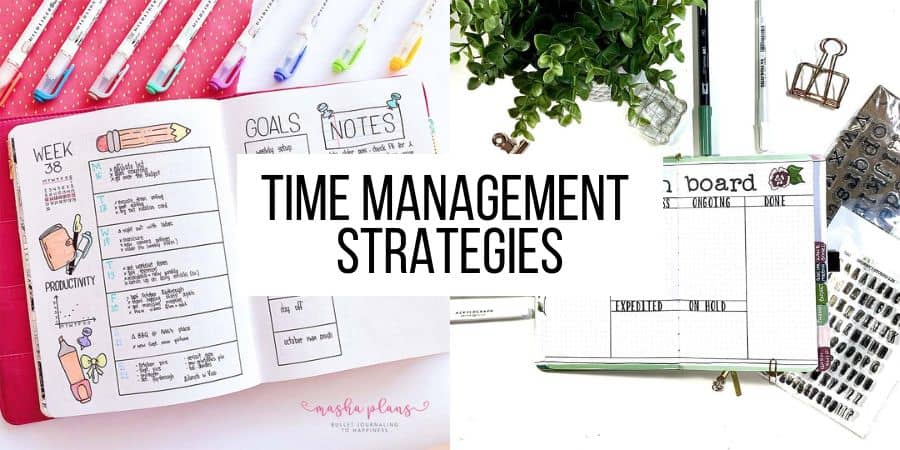
I have a lot of techniques and ideas on how to stay productive and get things done, but sometimes they are not enough.
I often find myself overwhelmed by everything happening in my life and desperately needing help to manage my time better and do all the things I should be doing.
So I decided to talk to my friend Nicola from My Inner Creative, who always impresses me with the thousands of things she manages to do at once while staying sane, joyous, and full of energy.
In this post, I asked her to share her secrets on managing her time and, of course, a few Bullet Journal page inspirations to help you with that.
And be sure to scroll until the end, where I have some printables that will help you out.
This post may contain affiliate links. They will be of no extra expense for you, but I receive a small credit. Please see my Disclosure for more details. Thank you for supporting Masha Plans!
Time Management Strategies For Your Bullet Journal
HI! Nicola here from My Inner Creative! You can find me on Instagram, YouTube, and Pinterest!
My favorite thing to talk about is productivity! Because you might have noticed from the time Masha and I spent together, I am over-organized and super productive (or I link to think I am).
The phrase “Time Management” is often inaccurately used. You are not in control of time; rather, you are in control of the events that occur in your life in connection to time.
You may frequently find yourself wishing for more time, yet each day only provides you with 24 hours, 1,440 minutes, or 86,400 seconds. The abilities you acquire via self-reflection, planning, critical thinking, and self-discipline will determine how you spend that time.
Time is a finite resource that, like money, has value despite its scarcity. It is necessary to protect it, make prudent use of it, and create a budget for it.

Why Is Time Management Important?
Are you wanting to get more work done in your day? Would you like to achieve a better balance between your career and your personal life? If you were able to get more work done in the same amount of time, how would you spend the time that you gained?
No matter what your reasons are for wanting to improve your time management, you are almost sure to get the following benefits:
- Productivity gains to be realized
- Reduced levels of stress
- Improved command over your working process
- The capability of meeting deadlines on a consistent basis
It is essential to have a good handle on how to organize and prioritize your time. Effective time management results in increased efficiency and productivity decreased stress, and increased likelihood of achieving one’s life goals.
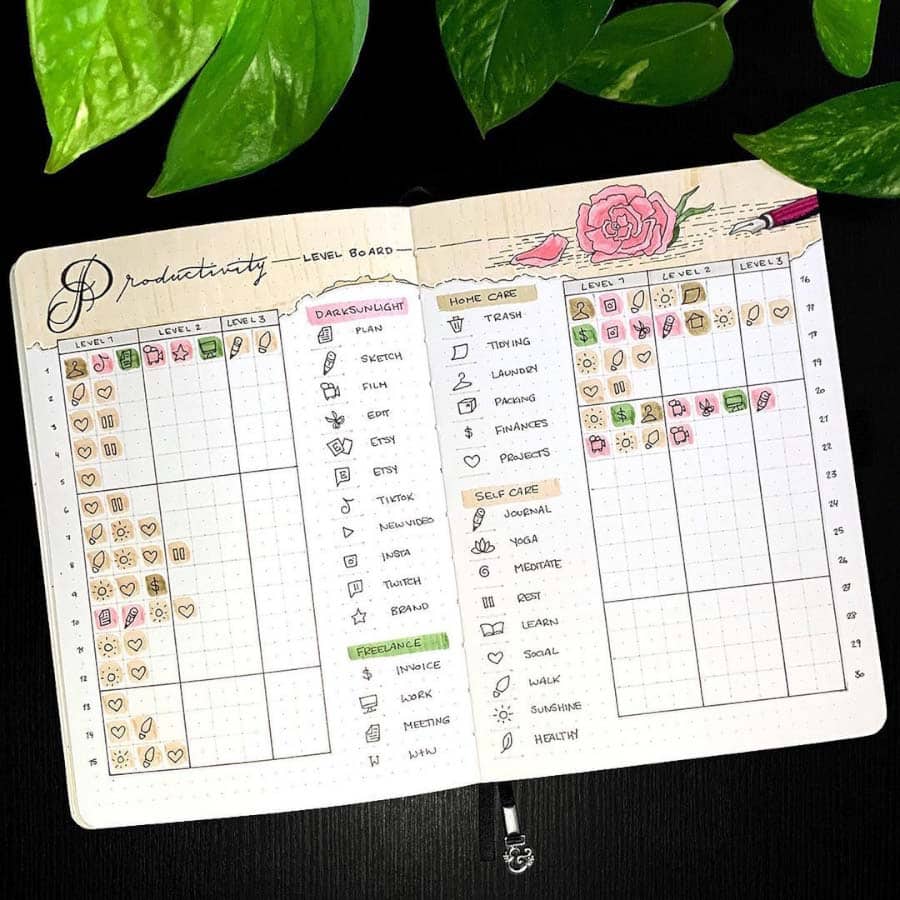
Finding The Right Time Management Strategy For You
People who use effective methods of time management frequently discover that they are able to:
- Be more productive
- Have more energy so that they can do the things that they need to
- Experience a decrease in stress
- Have more time to themselves to do the things that are important to them
- Complete a greater number of tasks
- Improve the way you get along with other people
- Feel better about themselves and their situation (Dodd and Subdheim, 2005)
Your personality, your capacity to self-motivate, and your level of self-discipline all play a role in the process of determining which method of time management will work best for you.
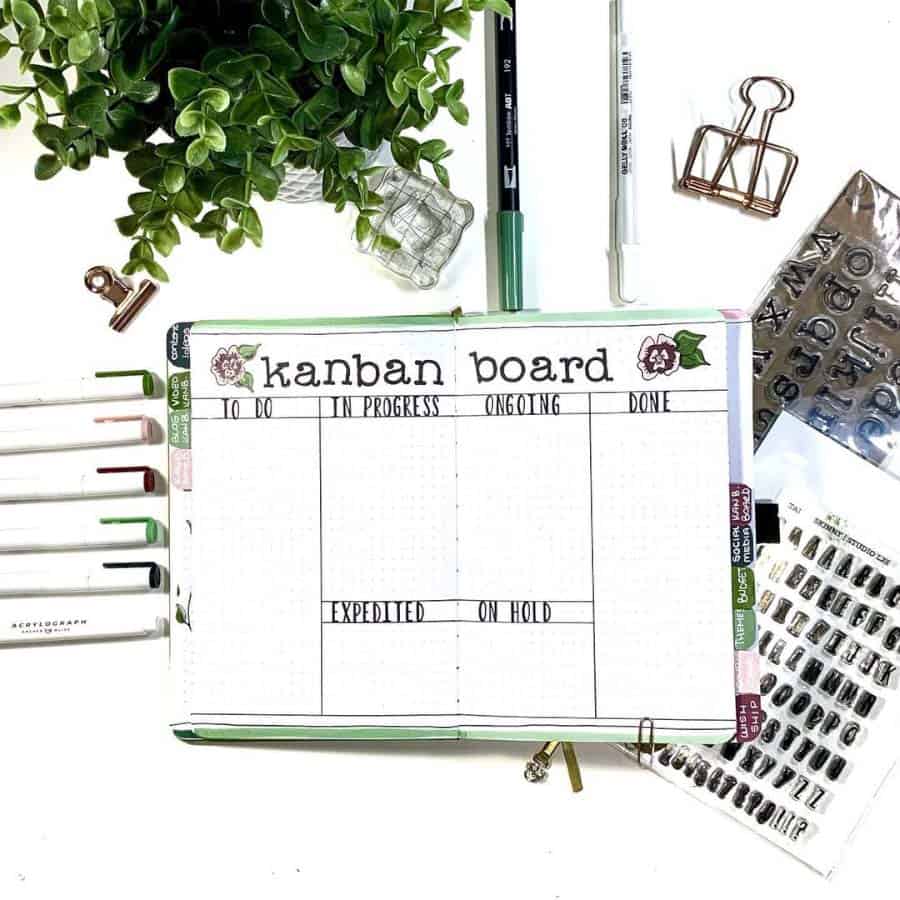
You will be able to more efficiently manage your time if you implement any of the tactics listed below, or even all of them.
First, Find Out How You Actually Spend Your Time
A time journal is an effective tool for gaining insight into how one spends their time. You should keep a log of what you are doing every fifteen minutes for the next week or two.
Consider the following as you do so:
- Did all you needed to do get done?
- Which activities demand the greatest amount of time?
- When during the day do you find that you are most effective?
- Which of the following takes up most of your time: your career, your family, your personal life, or your leisure activities?
You can decide on a plan of action by first identifying the activities that take up the most of your time and then deciding whether or not you are spending your time on the things that are the most essential to you.

When planning and calculating how much time there is for other activities, it might be helpful to have a good understanding of the amount of time that is required for normal tasks. This can help you be more realistic.
Prioritise Your Most Important Tasks To Increase Your Time Management Skills
Making a distinction between what is important and what needs to be done immediately is necessary for efficient time management (MacKenzie, 1990). The jobs that are the most vital, however, are not always the ones that have the highest priority.
On the other hand, we have the propensity to let the most pressing matters rule our lives. In their Time Management Matrix, Covey, Merrill, and Merrill (1994) divide activities into four different quadrants based on their level of importance: urgent, not urgent, important, and not important.
Although it is necessary to complete activities that are both urgent and important, it is recommended by Covey et al. that less time be spent on activities that are not important (regardless of how urgent they are), in order to make more room in one’s schedule for activities that are not urgent but are nonetheless important.
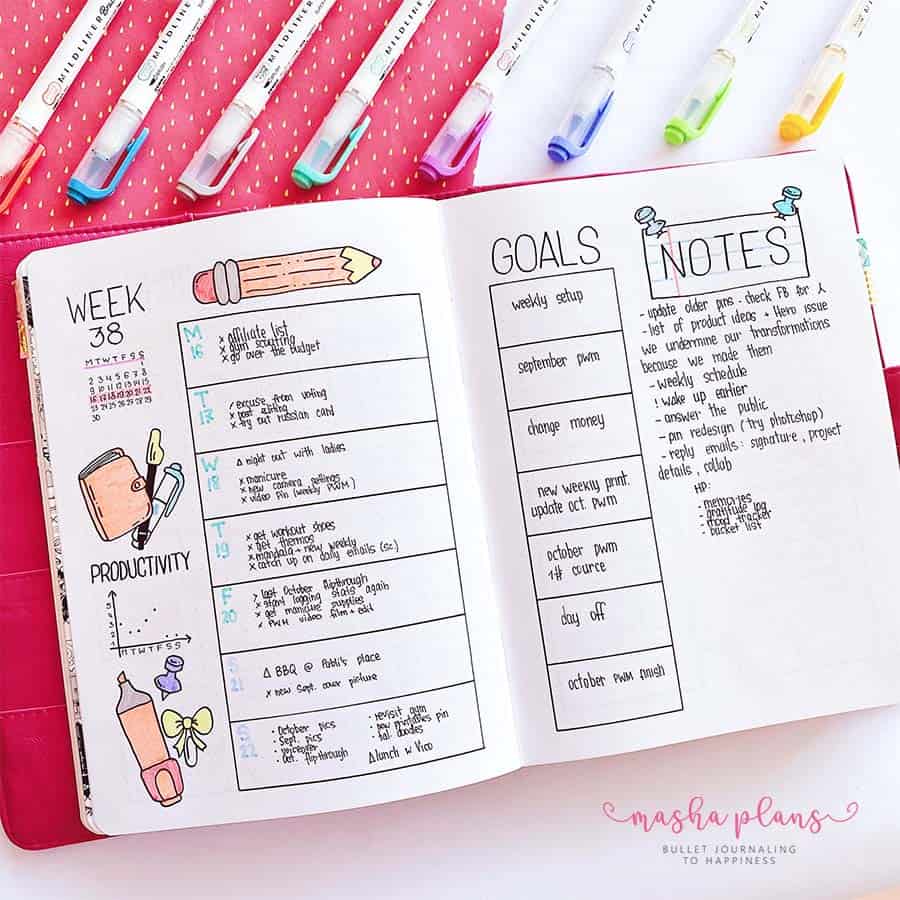
You are able to acquire greater control over your time by concentrating on these significant activities, and this may also limit the number of significant chores that require immediate attention.
After you have compiled a list of things that need to be done, the next step is to sort them in descending order of importance. By setting priorities, you may make the most efficient use of your time and concentrate on the activities that will have the greatest impact on your day.
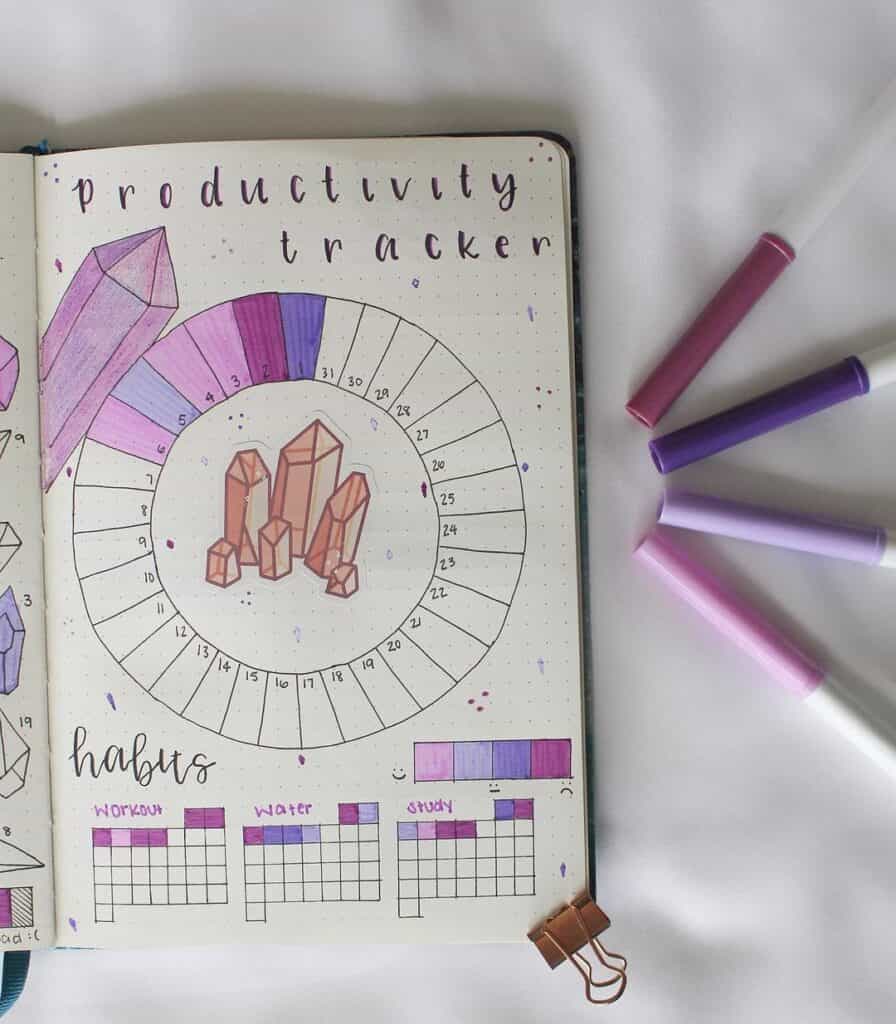
There are many various techniques you can take when prioritizing the items on your list of things to do.
- Determine the three tasks that are most important to you to do, then get started on them
- Your jobs should be prioritized according to their level of significance: high, medium, or low
- First, using a scale from 1 to 10, rate each item on your list, and then arrange them in the ranked order
- Later on in this piece, we’ll go over the Eisenhower Matrix, which is an advanced method for measuring the level of priority and urgency associated with a certain assignment.
Setting Time Limits To Complete Tasks In Your Bullet Journal “Time Blocking”
You can improve your ability to concentrate and get things done quickly by giving yourself time limits for completing tasks. If you put in the minimal additional work required to determine how much time you need to allocate for each task, you can improve your ability to identify possible difficulties before they materialize.
In this way, you will be able to prepare strategies for coping with them.
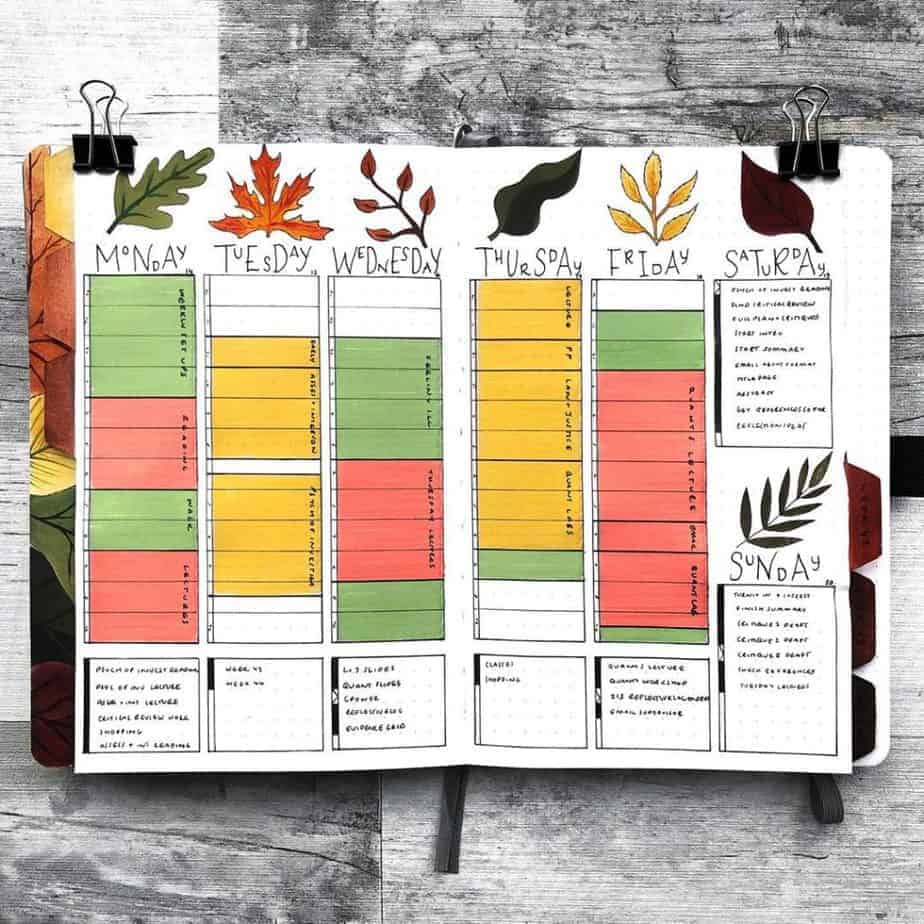
(a weekly spread is probably the best place to plan your time batching – Masha)
Take, for instance, the scenario in which you need to compose five reviews in time for a meeting.
On the other hand, you come to the conclusion that the remaining time before the meeting will only allow you to complete four of them in full. If you are aware of this information a significant amount of time in advance, you will have a better chance of being able to simply assign the task of writing up one of the reviews to another person.
However, if you hadn’t bothered to complete a time check on your tasks in advance, you might not have realized that you had an issue with time until just an hour before the meeting.
This is because you didn’t bother to do the time check. At that point, it may be significantly more difficult to find someone to whom one of the reviews may be delegated, and it may also be more difficult for that person to find time in their schedule to complete the assignment.
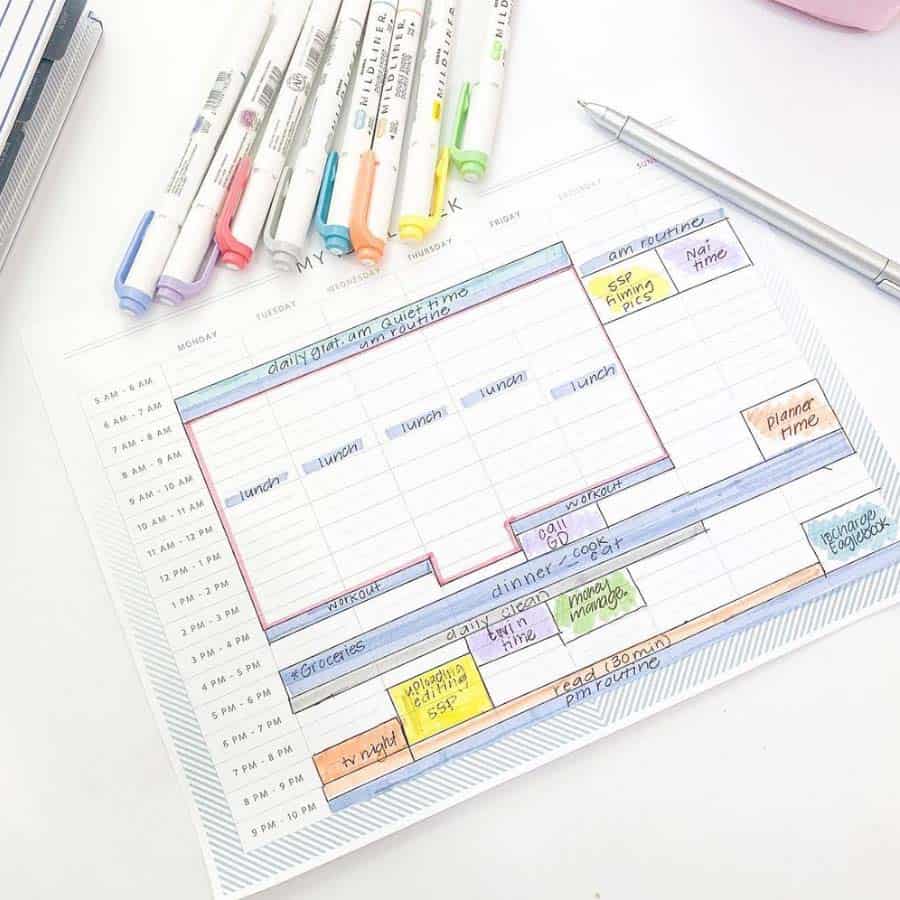
Batching your time also allows you to take advantage of the time-saving benefits of not switching tasks. If you have several tasks that are quite similar to one another, you should attempt to complete them all at the same time.
You can knock out these duties more quickly if you group them together instead of focusing all of your mental and physical resources on getting used to the new work. This kind of time management can be applied in any setting, regardless of the nature of the work being done.
Avoid Multitasking To Increase Time Management
Studies in the field of psychology have demonstrated that multitasking does not result in time savings, despite the fact that it may provide the impression that you are getting through more items on your to-do list..
In point of fact, the contrary is frequently the case.
When you go from one work to another, you waste time, which ultimately results in a decrease in productivity (Rubinsteim, Meyer, and Evans, 2001). Regularly engaging in multiple tasks at once may make it more difficult to concentrate and keep one’s attention on a single thing.
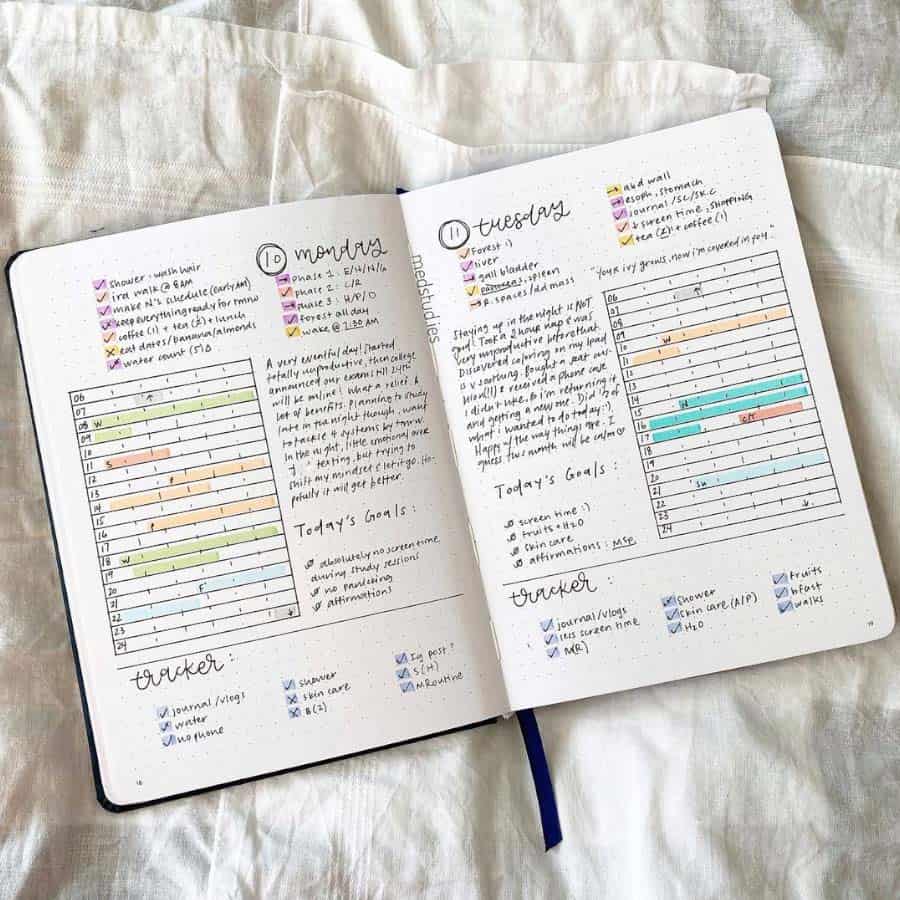
Make an effort to keep your mind on just one thing at a time by eliminating as many potential sources of distraction as possible from your working environment. This includes turning off notifications on any electronic devices you might be using.
In a similar vein, the mental energy that is required to switch between tasks generates a lag that can be avoided by focusing on one project at a time rather than switching back and forth between them.
Wait until you have finished the current task you are working on before moving on to the next item on your to-do list if you want to make the most efficient use of your time.
Three More Time Management Tips
Weren’t these amazing?
It really flicked the switch for me when Nicola said that time is a resource and you have to budget it. Game changer!
But this made me think and I decided to add a few of my own tips.
Use A Planning Tool
Yup, this is a pretty obvious one, but I think it still needs to be said.
No matter if you’re using a Bullet Journal or a notes and calendar apps on your phone – planning your time will be easier if you have it all written or imput somewhere.
Never overload your brain with all this information, and you’ll see how much easier time management becomes.
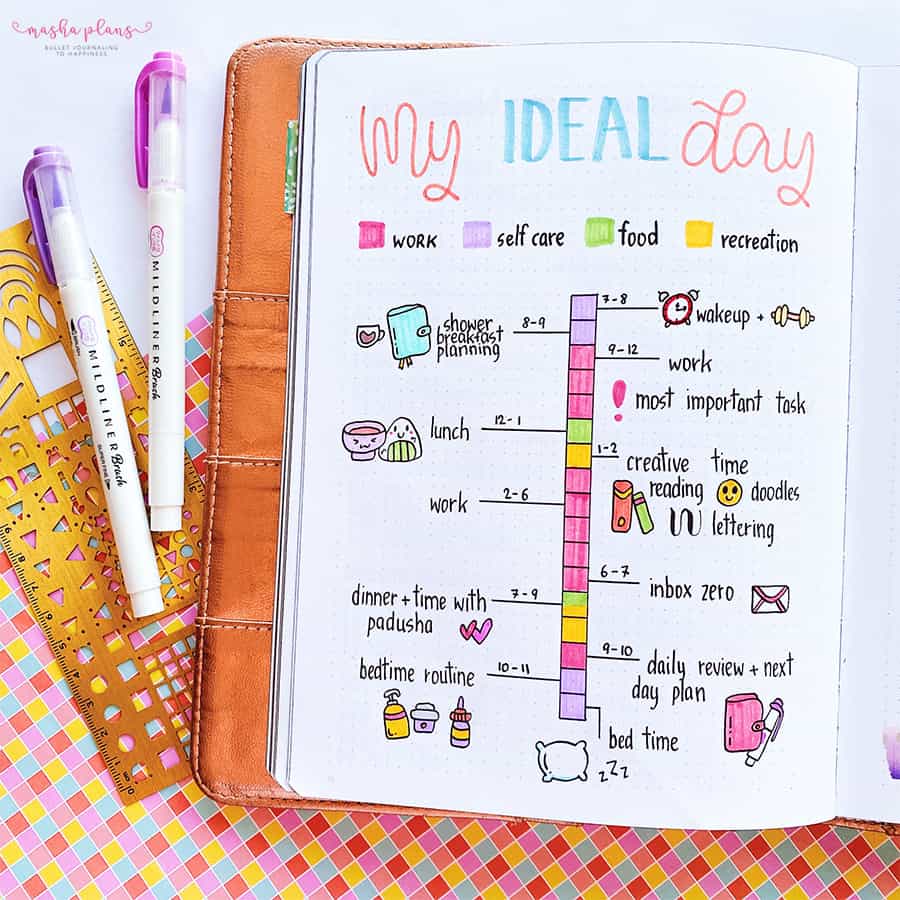
Use Pomodoro Technique
We all know, especially after reading Nicola’s post, how important it is to concentrate on one thing and do it.
But sometimes it seems easier to say than do, doing concentrated work can be a bit of a challenge, no matter how much it helps you to get things done better and faster.
So this is when I recommend trying a timer technique or pomodoro as it’s called.
Here is how it works:
- set a timer for 25 minutes and concentrate on just working on one thing
- after 25 minutes – take a short 5 min break
- after completing around four 25 minutes intervals of intensive work – take a more extended break for 20-30 minutes
This simple technique will be an immense help to make sure you’re paying full attention to your work and don’t multitask.
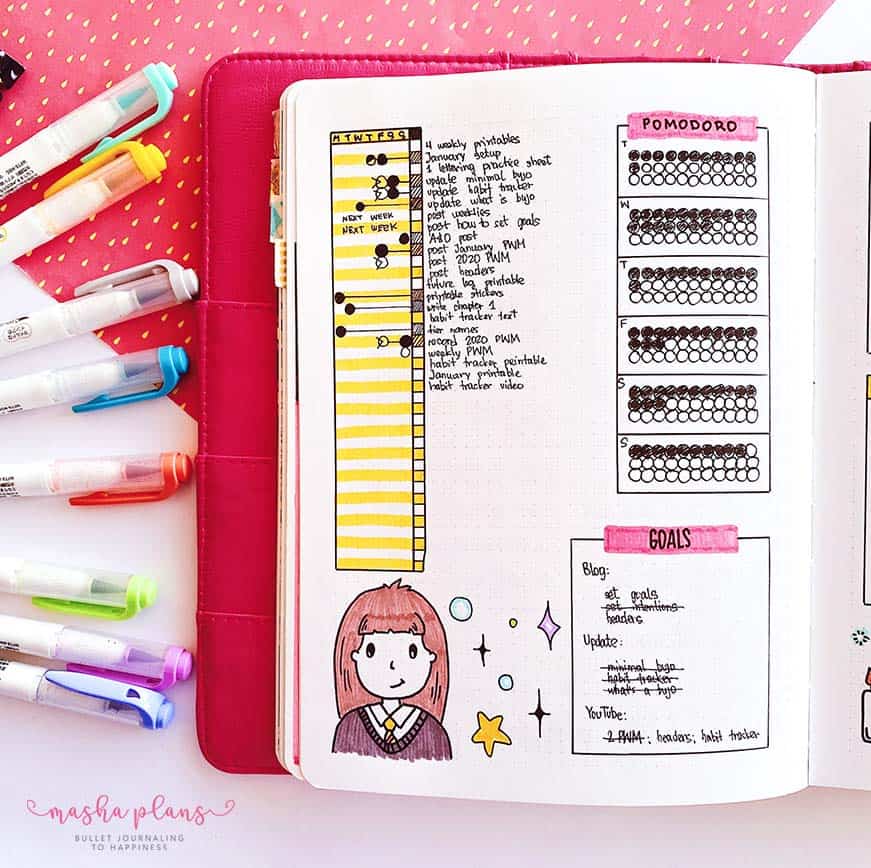
Here is a good example of how I implemented this technique in one of my weekly spreads.
Recharge Your Batteries
This is something I’m saying all the time – you can’t pour from an empty cup. I hope that’s how the expression goes haha
But my point is – no matter how you plan your time, you won’t get good results unless you’re well rested and have the energy to do things.
And yes, it’s something I have to remind myself to do as well; I’m guilty of overworking myself because “I just don’t have time to rest”.
Trust me; this will not yield good results; take care of yourself first.
Time Management Strategies: Conclusion
So grateful that Nicola wrote that post! And made me think of some other tips I try to follow.
I hope you’re as excited as I am to start implementing these more and taking back control of your time.
In case you need help with that, I created a set of printables to use in your Bullet Journal.
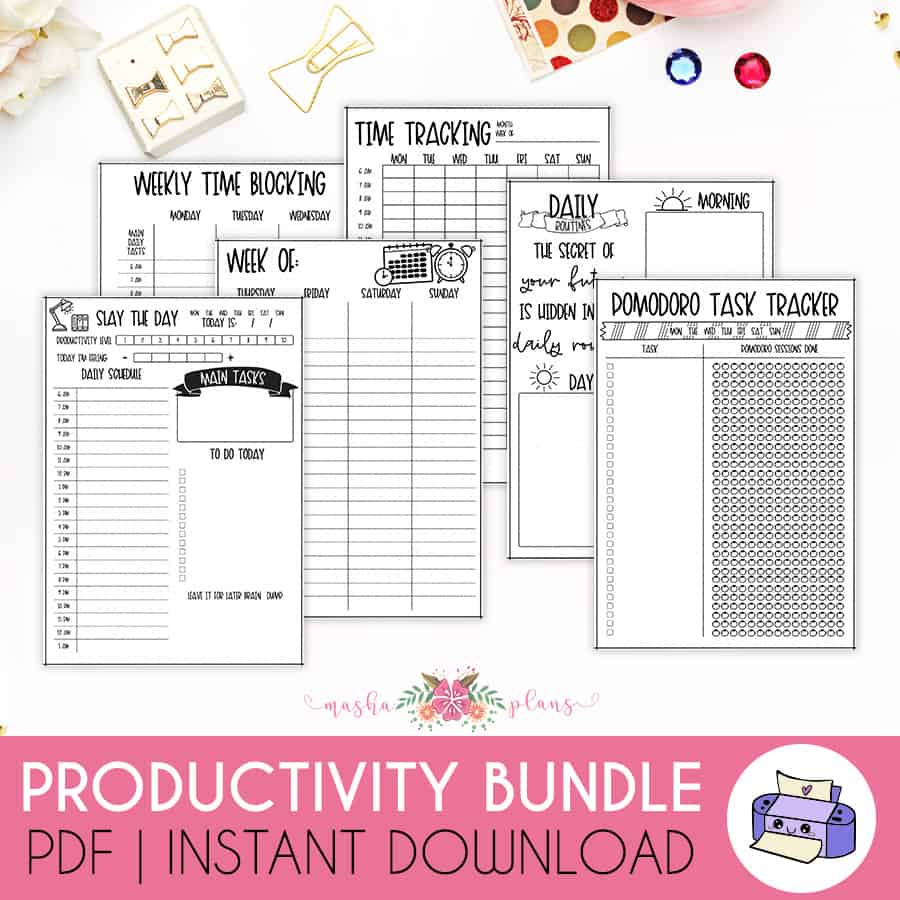
This bundle has five hand-drawn Bullet Journal spreads designed specifically for you to take control of your time.
It includes spreads like:
- productivity daily log
- time tracker (read here more about using this spread)
- time batching (weekly schedule divided by time slots for better panning)
- daily routines (read here to know why routines help your productivity and how to set up one)
- pomodoro tracker
These pages will help you follow Nicola’s tips and get more control of your time and how you spend it.
Check it out HERE.





